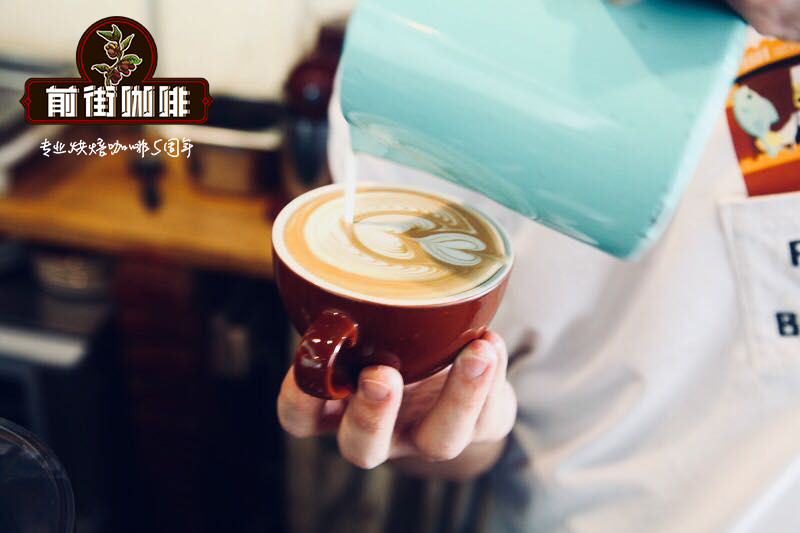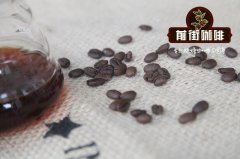What chemical reaction happens when milk becomes foam? How does milk become foam?

Professional coffee knowledge exchange more information about coffee beans please follow the coffee workshop (Wechat official account cafe_style)
Although you don't need a degree in chemistry, it's a more complicated technique to understand the chemical effects of milk on coffee. However, if you want to make a perfect and beautiful milk foam flower, then you must seriously learn about milk. Milk varies with the cow's diet, health, food and place of residence, which can affect its composition and taste.
Assuming that all cows grow in the same place and eat the same food, the following three factors have a direct impact on milk: Lactose, milk fat and protein content.
Lactose sweetens milk. Lactose is a disaccharide molecule, composed of galactose and glucose and co-existing in milk. Lactose does not break down in water and does not taste sweet when it cools, but when heated, it becomes soluble, releases sugars and increases sweetness.
Pour whole milk and skim milk into two cups respectively and you will find that skim milk has a light taste and texture, compared with water, and has no special feeling after drinking it. However, whole milk is thicker and feels weightier. Why? This is because the content of milk fat is different. Whole milk contains 4% or more of milk fat. What we often call Cream is a thin layer of cream formed on the surface of milk, which contains more cream and tastes better than the milk itself.
Through machine extraction, manufacturers can adjust the milk fat content to 2% (equivalent to 50% concentrated),?% (equivalent to almost all milk fat concentrated), and degreasing (removing all milk fat, leaving only water, protein and sugars). In theory, whole milk can give coffee a strong taste, but some people still like skim milk because they think that the milk fat in whole milk is harmful to health.
Then let's talk about milking. Protein is the third factor that baristas pay most attention to after lactose and milk fat. When you heat the milk, the protein changes from the sol state to the gel state, forming a film that surrounds the air molecules and forms a floating substance, commonly known as milk foam. Milk fat content, protein, and temperature all affect the formation of milk bubbles.
If the fat content increases, the stability of foaming will be reduced. So it's much easier to use skim milk to make a lot of thick foam than whole milk. However, when the milk fat content reaches 5% or more, the stability of milk bubbles will be relatively improved. So you will find that the foam made in the state of 10% milk fat is quite dense and stable. This is why edible liquid cream, which contains 18% milk fat, and whip cream, which contains 35% milk fat, are so stable and produce so much.
Important Notice :
前街咖啡 FrontStreet Coffee has moved to new addredd:
FrontStreet Coffee Address: 315,Donghua East Road,GuangZhou
Tel:020 38364473
- Prev

How can I make a good cup of milk foam? Where did the foam come from? How did milk become foam?
Professional coffee knowledge exchange more information on coffee beans Please follow the coffee workshop (Wechat official account cafe_style) many baristas will spend a lot of time making lattes, which tests not only the skills of lattes, but also your skills of making spaghetti concentrate and milking foam. Today, the editor will introduce to you several factors that affect coffee bubbles. I hope you can learn from them.
- Next

What are the sour beans in the coffee defective beans? Why are there sour beans in coffee beans?
For more information about coffee, please pay attention to the physical features of the coffee workshop (official Wechat account cafe_style): the appearance of sour beans is similar to yellowish brown or reddish brown. Usually the endosperm point is black (the position pointed to by the arrow), and the sour taste of acetic acid can be smelled when the beans are cut. Classification and defect score: sour beans are divided into two categories: total sour beans and local sour beans.
Related
- Beginners will see the "Coffee pull flower" guide!
- What is the difference between ice blog purified milk and ordinary milk coffee?
- Why is the Philippines the largest producer of crops in Liberia?
- For coffee extraction, should the fine powder be retained?
- How does extracted espresso fill pressed powder? How much strength does it take to press the powder?
- How to make jasmine cold extract coffee? Is the jasmine + latte good?
- Will this little toy really make the coffee taste better? How does Lily Drip affect coffee extraction?
- Will the action of slapping the filter cup also affect coffee extraction?
- What's the difference between powder-to-water ratio and powder-to-liquid ratio?
- What is the Ethiopian local species? What does it have to do with Heirloom native species?

